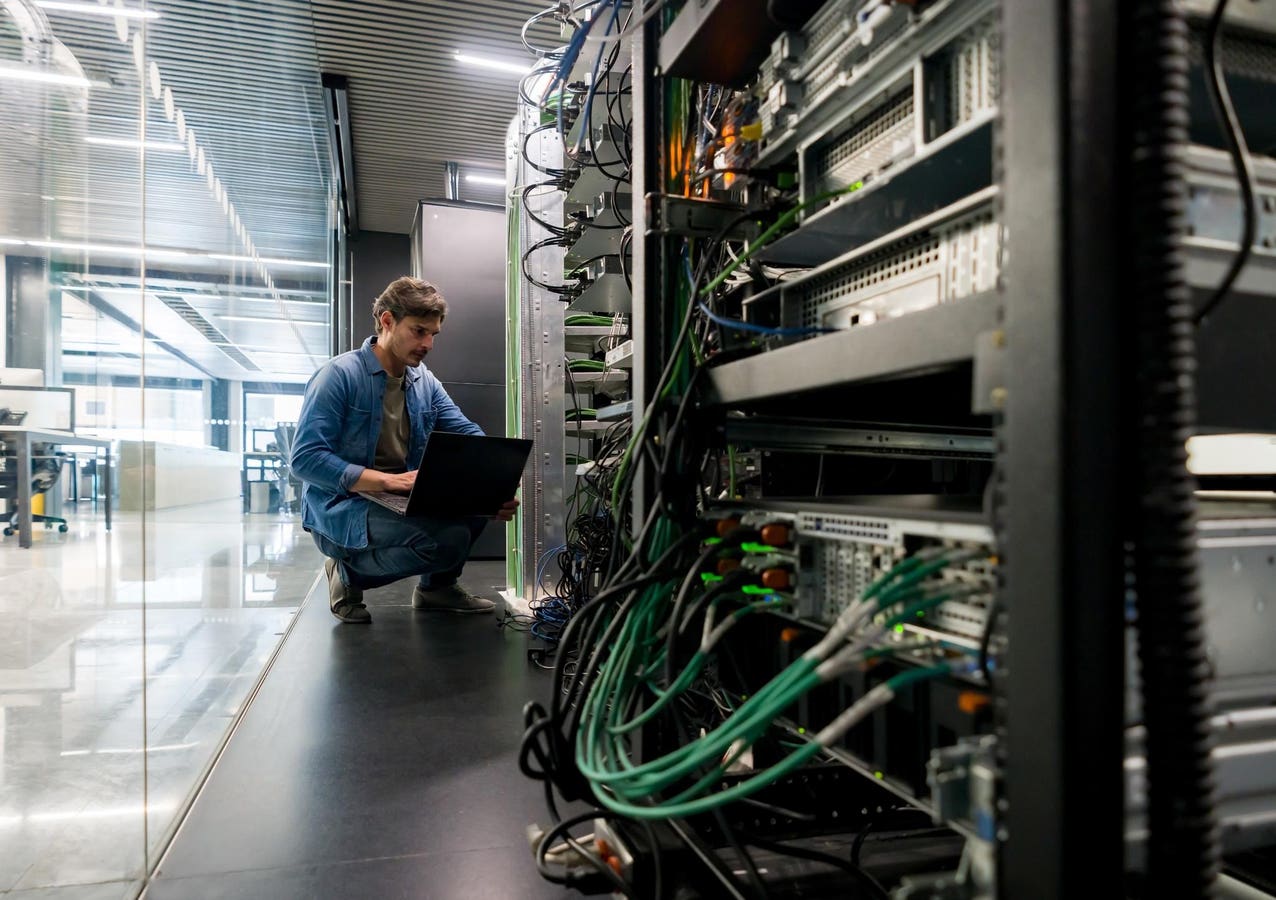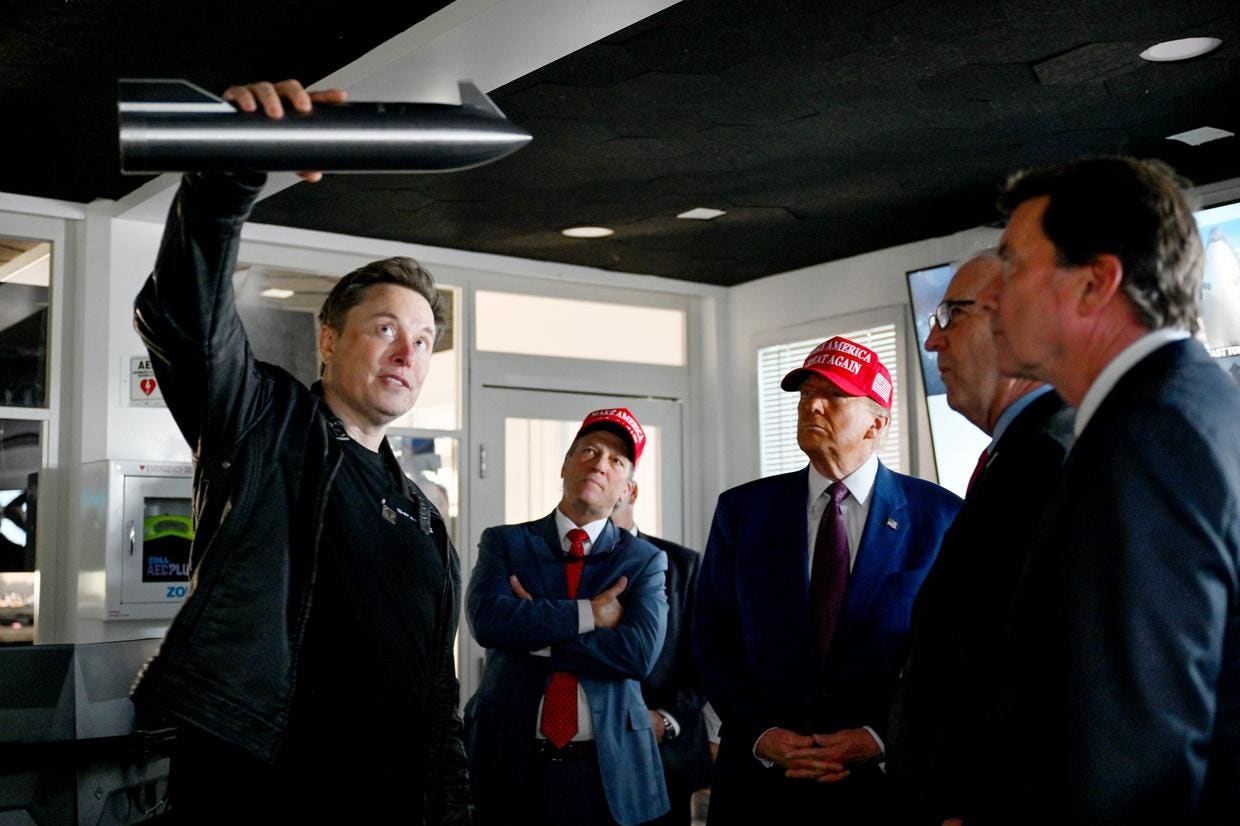A young boy sits up on an exam table as a female Paediatrician preforms a check-up on him.
getty
Sustainability is not just about cutting emissions, carbon credits and sea level rise, it is also about securing the present and future well-being of children. The 1987 Bruntland report defined sustainability as “meeting the needs of the present without compromising the ability of future generations to meet their own needs.” Intergenerational equity, the principle that today’s generation has fiduciary duties to both its successors and contemporaries, demands that we invest in child health to uphold fairness across time. According to a UNICEF 2025 report, the global under-five mortality rate has declined 61 per cent, from 94 deaths per 1,000 live births in 1990 to 37 in 2023. However, an estimated 13,100 children died in 2023 per day which is an alarming number of potentially preventable deaths. This shows how continued investments can sustain and accelerate lifesaving progress of our children. According to the World Economic Forum, every dollar invested in maternal and child health can generate up to $3.8 trillion in economic benefits by 2035, particularly across sub-Saharan Africa. These are not just investments; they are the infrastructure of a thriving, equitable society.
Investing In Children’s Health As Infrastructure
Health facilities, equipment, and trained personnel are as fundamental to a nation’s future as roads or power grids. Strong pediatric health infrastructure not only saves lives but also builds the human capital that drives long-term social and economic growth. In Moshi, Tanzania, a new pediatric surgical suite is scheduled for installation at Kilimanjaro Christian Medical Centre in the first quarter of 2026 via the sponsorship of Carl Runefelt, also known as Carl Moon.The project will include a dedicated child-focused operating room and recovery area which will replace the prior model of performing only about 200 pediatric surgeries per year in adult facilities. With this upgrade, surgical capacity is theoretically expected to exceed 2,080 procedures annually. In addition to infrastructure, the initiative includes training for surgical, anesthesia, nursing, and biomedical staff, aiming to eliminate dangerous treatment delays.
Team poses at Kids Operating Room – left, Carl Moon- middle – Caleb Macharia, Head of Projects at Kids Operating Room, and on the right is Garreth Wood, Co-founder of Kids Operating Room.
Contributed
Runefelt, who built his career as an entrepreneur and early investor in cryptocurrencies, has increasingly channeled resources into health and education projects that strengthen social systems. He has donated over $182,000 to causes supporting children, reflecting a broader vision that sustainability must be defined not only in terms of financial innovation but also in creating conditions where vulnerable groups can thrive. Investing in children, which represents one of the most vulnerable groups in society, is essential for growth and sustainability. According to the World Health Organization, an estimated 3,000 to 5,000 babies are born with Down syndrome each year worldwide, and these children face higher rates of congenital heart defects, respiratory issues, and developmental delays. UNICEF reports that access to early intervention programs, such as speech therapy, occupational therapy, and inclusive education, can significantly improve life expectancy and quality of life. Moreover, Nationwide Children’s Hospital, reports that life expectancy for people with Down syndrome has risen from around 25 years in 1983 to 60 years or more in countries with strong health systems.
Moon’s connection to Down syndrome is personal as his younger brother was born with
the condition and endured immense medical challenges in childhood. This includes two
heart surgeries as an infant, multiple rounds of treatment for two separate forms of
leukemia, and more than 11 operations for a large lymphangioma. Today, at 20 years
old, his brother is thriving which is a story of resilience that Moon often describes as the
greatest blessing in his life. That lived experience has shaped his focus as in 2023, the
Emirates Down Syndrome Association in the United Arab Emirates received an $80,000 donation from him to improve facilities and expand opportunities for its members. The funding supported the expansion of the center’s kitchen and the creation of both an art room and a robotics room, spaces designed to build practical skills, foster creativity, encourage STEM engagement and improve quality of life.
Sustainable Agriculture as a Health Investment for Children
Food security and nutrition are fundamental to child health, and by extension, to sustainability. According to the World Heath Organization, malnutrition is responsible for nearly 50% of deaths among children under five globally, primarily in low- and middle-income countries. Sustainable agriculture, which are farming methods that protect the environment, use resources efficiently, and provide fair livelihoods can directly improve the nutritional status of children while safeguarding future food systems. For example, diversified farming systems that incorporate fruits, vegetables, and protein-rich crops increase dietary diversity, which according to the World Health Organization, is a strong predictor of improved growth and cognitive development in children. In sub-Saharan Africa, integrated crop-livestock systems have been shown to boost household food production and reduce stunting rates. Climate-smart agriculture techniques, such as conservation tillage and agroforestry, also help maintain soil fertility and ensure stable yields despite climate variability, which is crucial for consistent child nutrition.
School feeding programs are one of the most direct ways to link agriculture to child health. According to the World Food Program, school meals are the single largest safety net in the world, reaching 418 million children in almost 100 countries. In low-income settings, these programs have been shown to reduce anemia, improve attendance, and enhance learning outcomes. When sourced from local farmers as in WFP’s Home-Grown School Feeding initiatives they also strengthen rural economies and encourage sustainable agricultural practices.
Elementary Pupils Collecting Healthy Lunch In Cafeteria
getty
Act Where You Are For The Children Around You
Sustainability begins right where you are, and the most powerful change often starts with seeing the children in front of us and choosing to act. You can help by supporting local schools, foster homes, youth centers, and children’s hospitals; mentoring in STEM or the arts; volunteering at community programs; or assisting families within your own church or neighborhood. It can be as simple as providing funding to institutions for meal programs, tutoring after school in a community center, donating educational materials, or funding a scholarship. For those able to reach further, backing reputable global organizations that focus on pediatric health, nutrition, and inclusive education extends that impact. Every effort to uplift vulnerable children strengthens the foundation of a truly sustainable future.









